
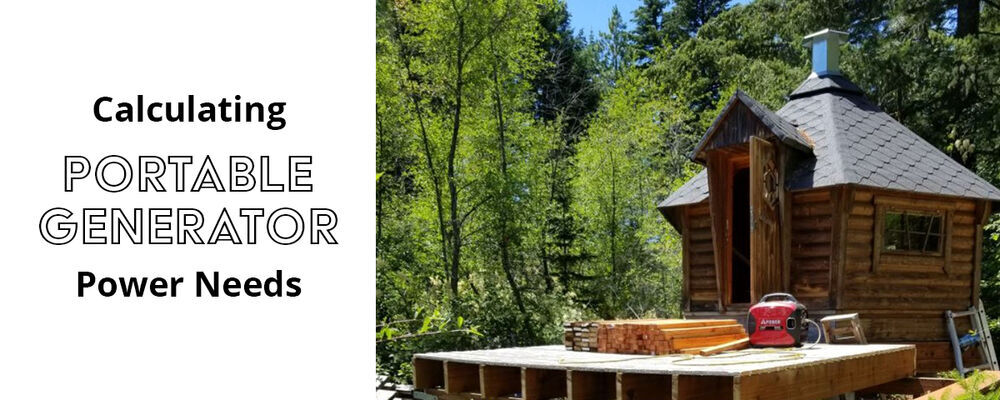
The 2 Fool-Proof Ways of Calculating What Size Generator You Need
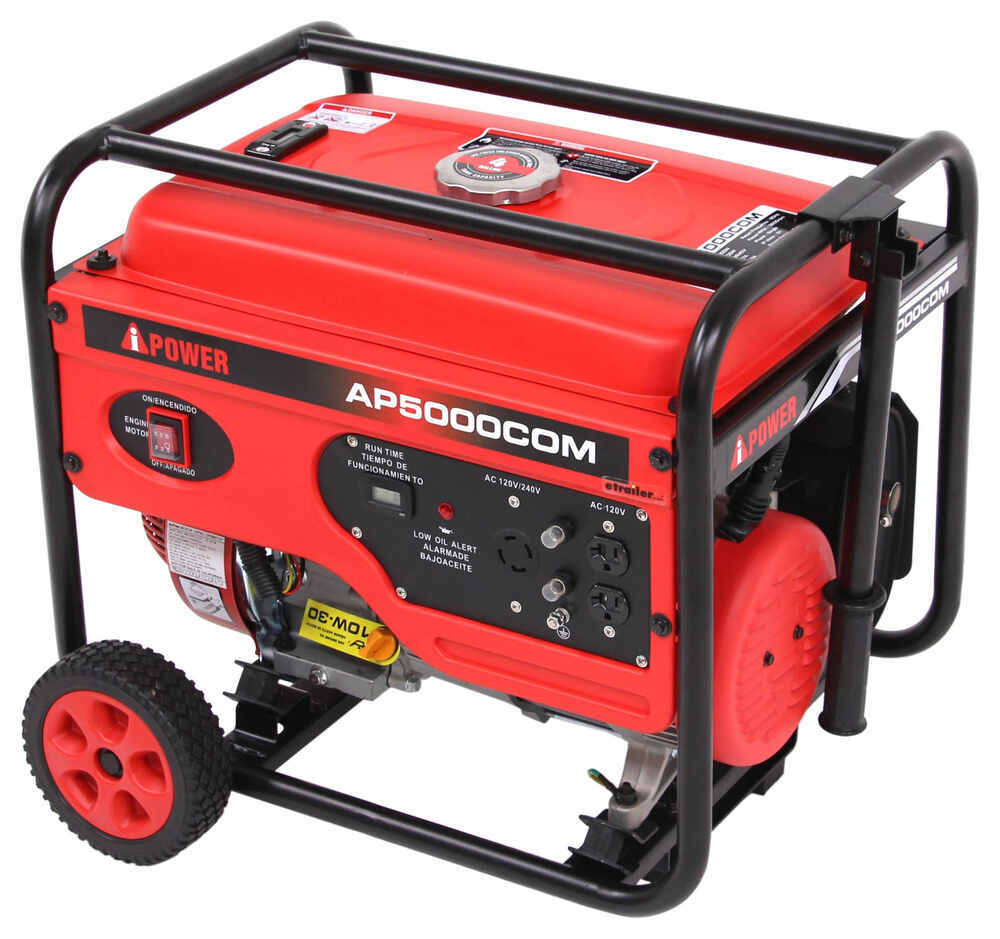
What size of portable generator do I need?
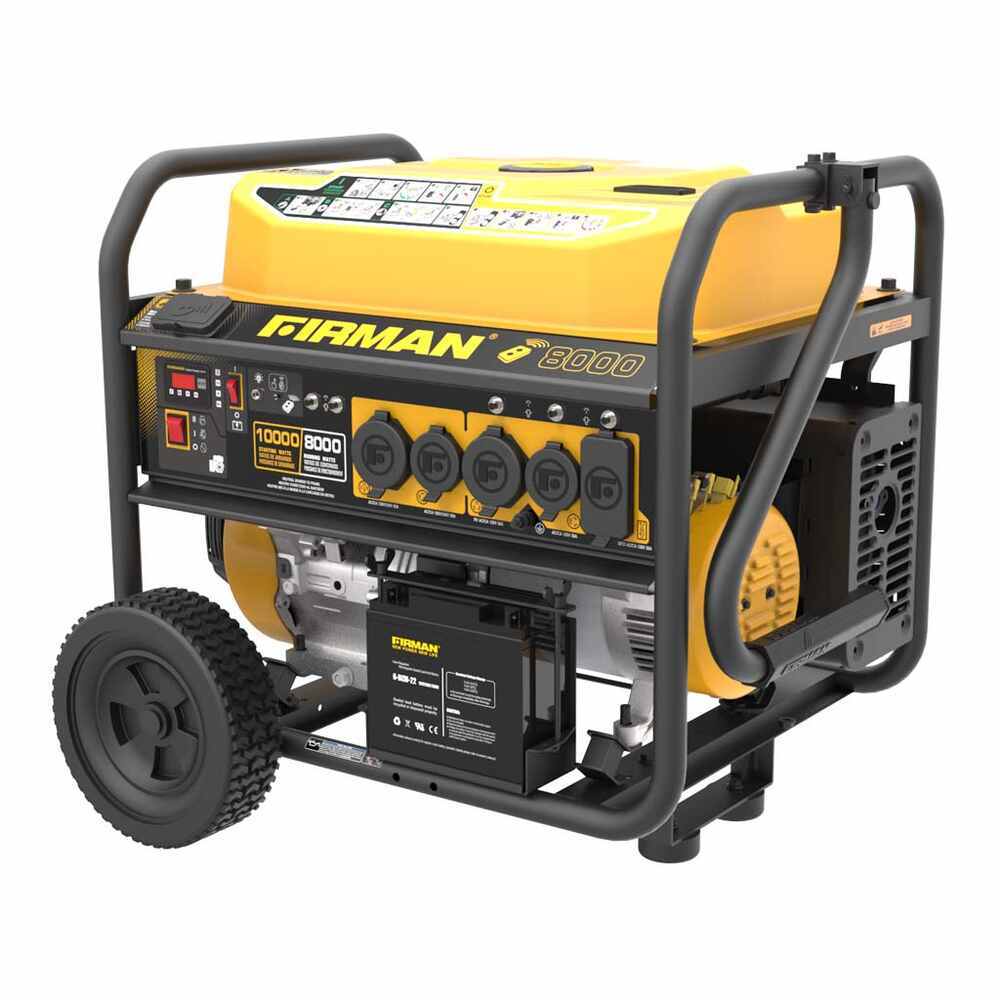
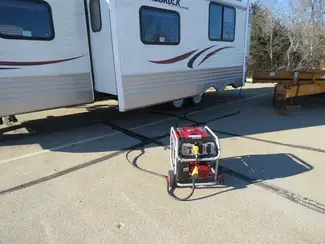
Calculate Power Requirements
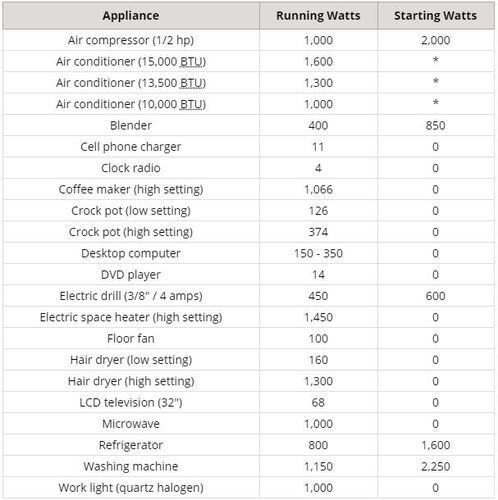
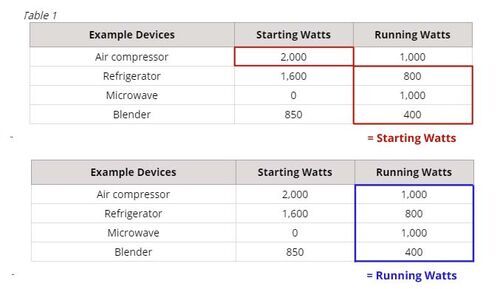
= Running Watts
What Kind of Power Do I Need? 120V AC, 240V AC, 12V DC?
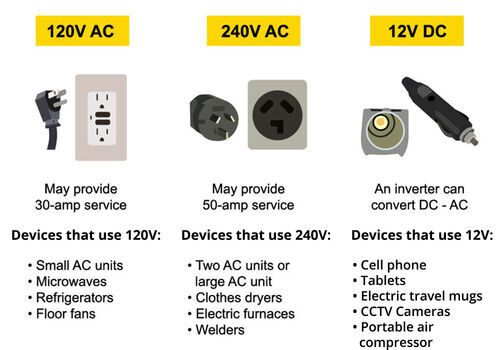
How to Compensate for a High Power Draw?
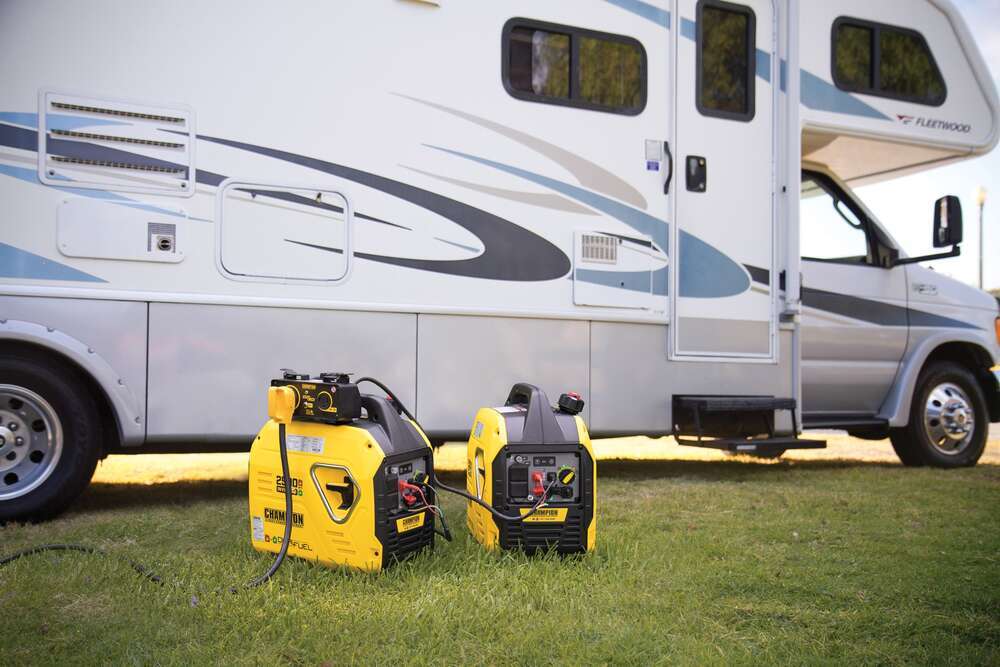
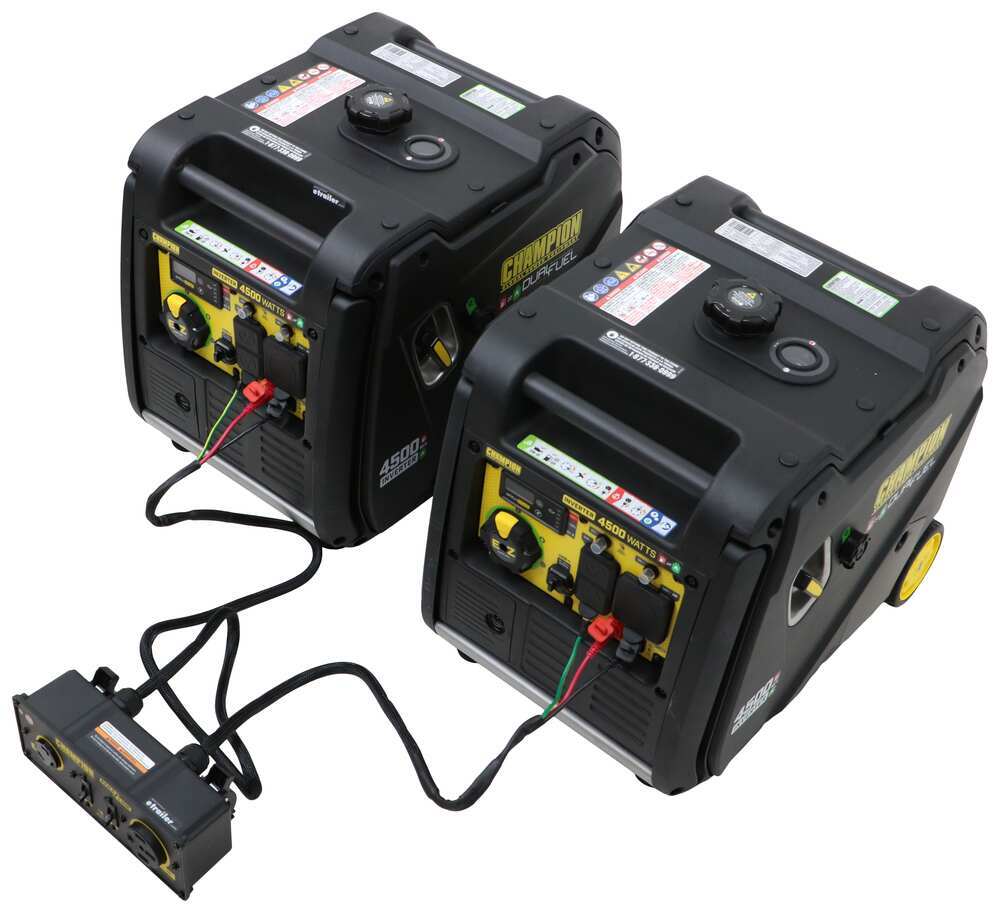
Do I Need an Inverter Generator?
Protects sensitive electronics If you plan on powering sensitive electronics, like TVs, tablets, or computers, from generator power, you should use an inverter generator. An inverter will protect your electronics from power irregularities that damage the delicate electrical components.
Improves the generator's fuel-efficiency The inverter block controls the engine's RPMs depending on how much power is drawn from the generator at a given time. If you only have one, low-watt device plugged into the generator, your generator will conserve its fuel by running the engine at lower RPMs. A non-inverter generator does not downregulate the engine's RPMs depending on power draw, so it's always burning the same amount of fuel.
Makes less noise than non-inverter generators Try holding a conversation next to a standard generator, and tell me your voice wasn't sore afterwards because of how much you had to yell. Although an inverter generator still makes noise, the noise level is noticeably less than a non-inverter version. If you don't want to hear a massive engine chugging for hours on end, choosing an inverter generator is your best option.
Has the potential to be run parallel with another generator Calculating how much power you need from a generator means you'll want to think of every scenario you could use portable power. Sometimes you only need a few hundred watts, and other times you need a few thousand. Certain inverter generators can be paralleled with another, giving you the ability to use one generator at a tailgate and two generators when your home's power goes out.
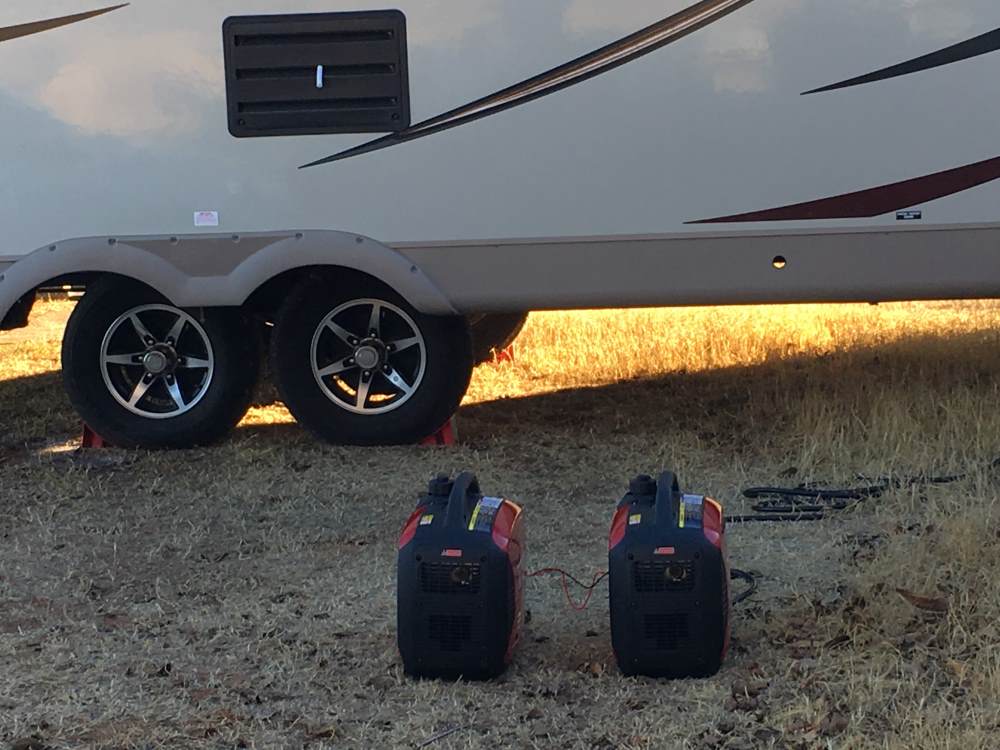
Updated On: 10/24/2023
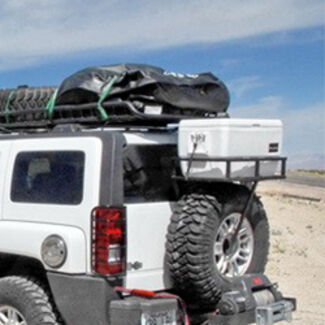
John S.
8/12/2022
my champion generator won't work with my on board charger to charge up my trolling motor batteries it makes it blink yellow and red on my charger diagnosis it is 36 volt and someone said I need a inverter or something else to make it put 120 volt to charge my batteries I use a 50 ft extension cord and it is 10 gauge. Please help me find a cure



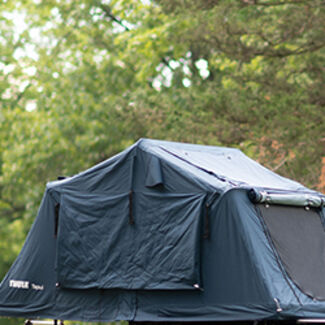
Big 4.
8/12/2022
It is also a good idea to start the Generator with the main Breaker OFF, as some generators will produce a spike when started, and connected products could be damaged.

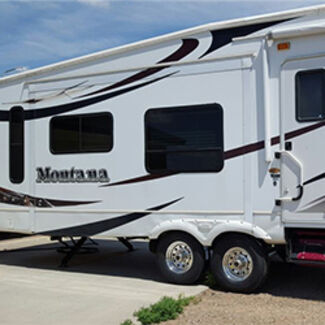
V. B.
8/12/2022
Why Amperage isn't shown anywhere, it's what campers work on mainly !!!!!!!!!!!!!!!!!!!!!!!!!!!!!!!!



Departments
Towing
- Trailer Hitch
- Fifth Wheel
- Gooseneck
- Towing a Vehicle
- Front Hitch
- RV Hitch
- ATV Hitch
- HD Truck Hitch
- Vehicle Wiring
- Brake Controller
- Ball Mounts
- Weight Distribution
Sports and Recreation
Trailer Parts
- Utility Trailer
- Boat Trailer
- Landscape Trailer
- Enclosed Trailer
- 5th/Camper Trailer
- Car Hauler
- Horse Trailer
Vehicle
Contact & Help

Popular Vehicles
- Subaru Forester
- Ford F-350 Super Duty
- Ford F-250 Super Duty
- Chevrolet Silverado 1500
- Jeep Wrangler Unlimited
- Jeep Wrangler
- Ram 3500
- Toyota Highlander
- Ram 2500
- Chevrolet Silverado 2500
- Subaru Outback Wagon
- Chevrolet Silverado
- Dodge Ram Pickup
- GMC Sierra 2500
- Ram 1500
- Ford F-250 and F-350 Super Duty
- Jeep Grand Cherokee
- Toyota Tacoma
- GMC Sierra 3500
- Toyota Tundra
- Ford Escape
- More >>


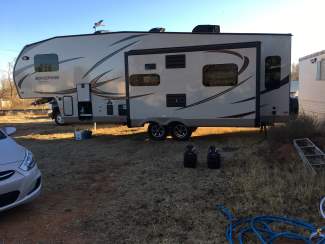
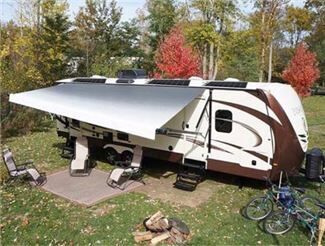
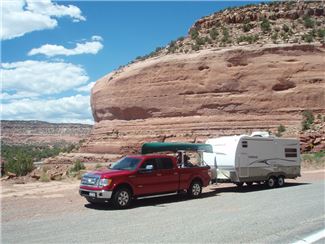
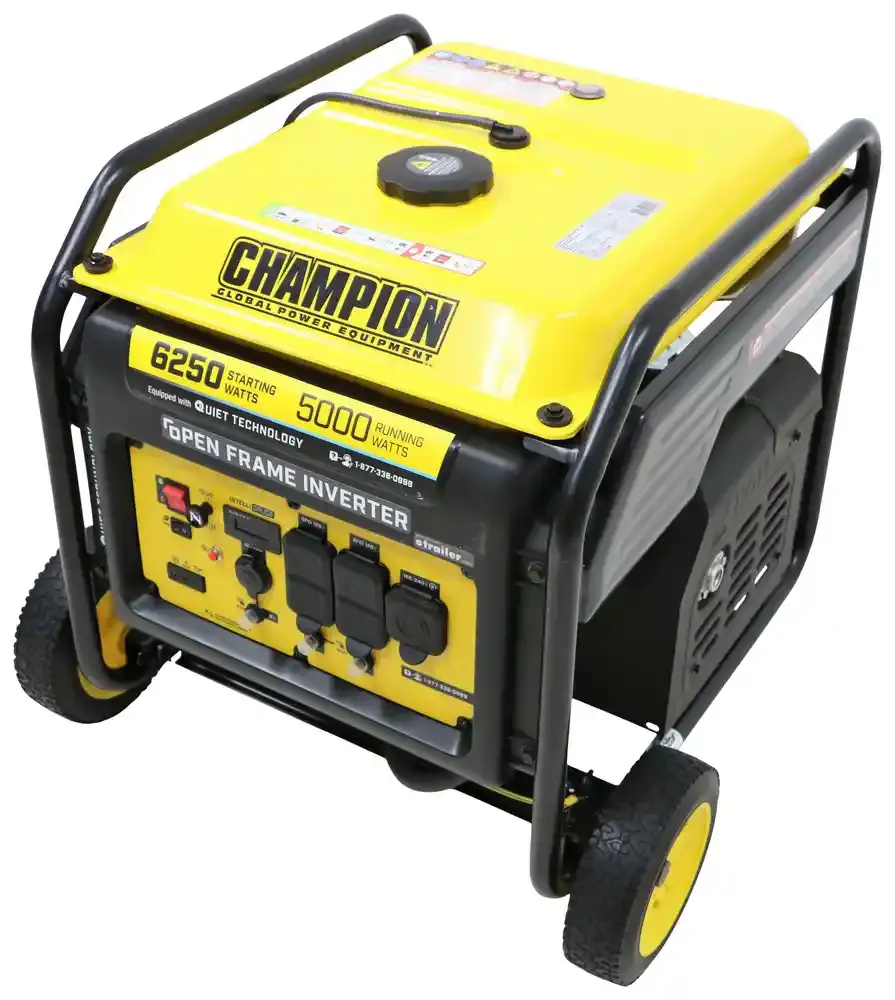
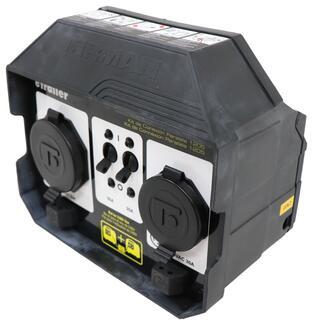
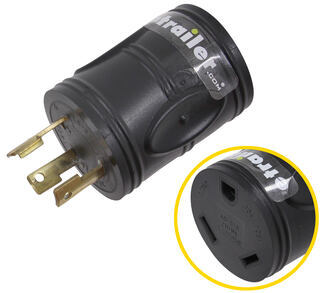
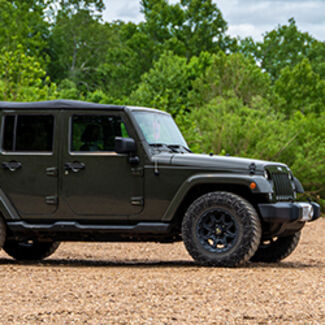
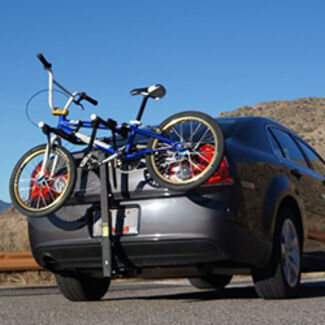

















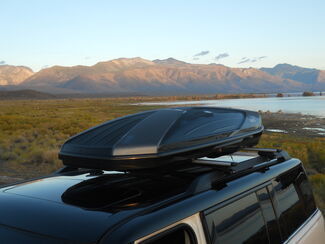
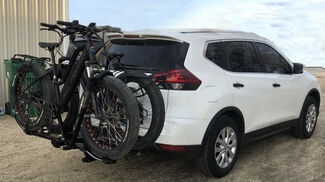


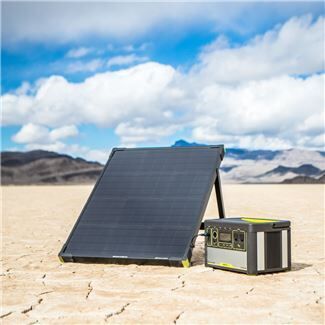



Tom N.
10/22/2023
A non-inverter generator does not downregulate the engine's RPMs depending on power draw, so it's always burning the same amount of fuel. This is not true the more power you use the more Fuel you will use. This is why they give run time on a tank of fuel at 1/2 load.